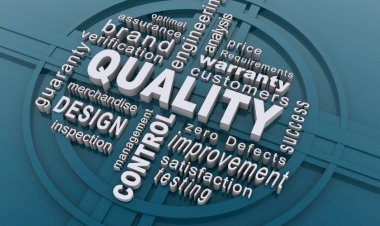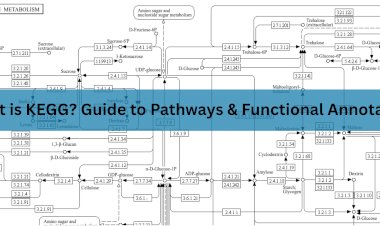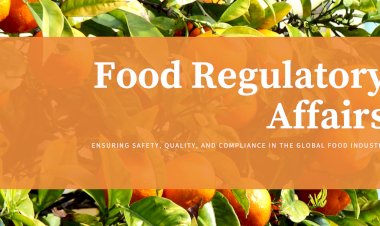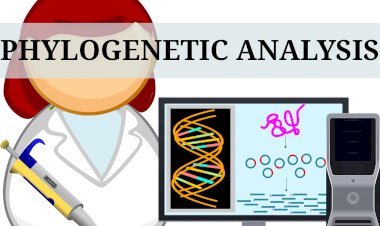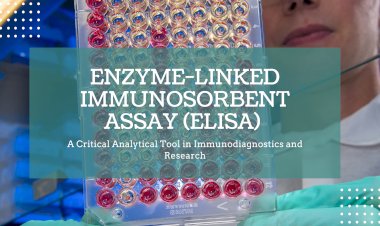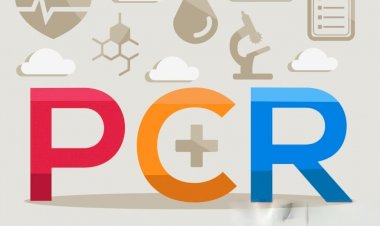EMA’S EVOLVING PHARMACOVIGILANCE LANDSCAPE: WHY 2025 COULD BE A PIVOTAL YEAR
As the EMA prepares to implement its revised benefit-risk evaluation guidelines by 2025, pharmacovigilance is transitioning from a reactive, report-driven process to a strategic, lifecycle-integrated discipline. The upcoming changes will emphasize real-world data, standardized documentation, and expanded oversight—particularly in veterinary medicine. For marketing authorization holders, this evolution demands proactive system upgrades, cross-functional collaboration, and a cultural shift toward continuous benefit-risk assessment. Preparing now will not only ensure regulatory compliance but also position organizations to deliver safer, more accountable healthcare outcomes in a rapidly changing global landscape.
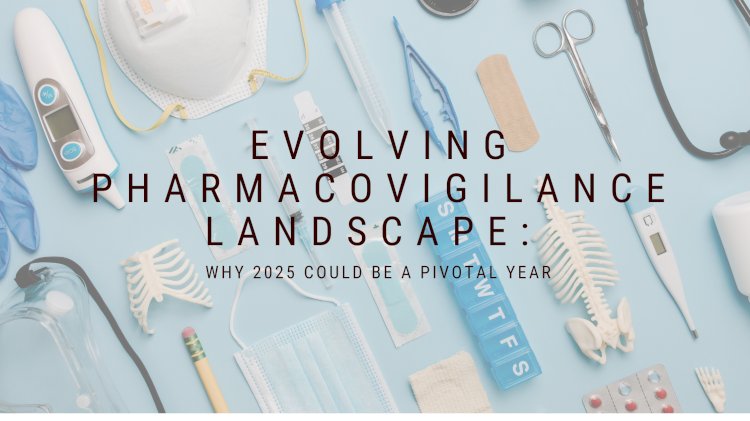
Pharmacovigilance (PV) has long served as a cornerstone of pharmaceutical regulation, ensuring that the benefit-risk profile of a medicinal product is continuously evaluated and maintained throughout its lifecycle. With the European Medicines Agency (EMA) preparing to introduce significant revisions to its benefit-risk evaluation framework, 2025 is poised to be a transformative year for how both human and veterinary pharmacovigilance systems are designed, implemented, and audited.
For companies operating within the European regulatory space, these changes will demand more than procedural updates—they will require a shift in organizational mindset toward more transparent, data-driven, and patient-focused safety oversight.
The Expanding Role of Pharmacovigilance
Once perceived primarily as a post-marketing reporting obligation, pharmacovigilance has matured into a critical strategic function that touches every phase of the product lifecycle. The scope of PV has broadened from simply tracking adverse drug reactions (ADRs) to proactively identifying and mitigating risks using real-world evidence (RWE), predictive analytics, and structured decision-making frameworks.
Today, regulators expect companies to demonstrate active pharmacovigilance: timely signal detection, cross-functional coordination, rapid risk communication, and integration of emerging safety data into regulatory filings. This evolution reflects broader trends in healthcare—where transparency, traceability, and patient outcomes are paramount.
For pharmaceutical, biotech, and animal health companies, this transformation means that pharmacovigilance is no longer a siloed or reactive compliance activity. Instead, it must be fully embedded within cross-functional operations, contributing directly to product development strategies, lifecycle management, and public trust.
EMA’s 2025 Benefit-Risk Guidance: What We Know
The EMA has announced its intent to revise its guidelines on benefit-risk evaluation, with formal implementation anticipated by mid-2025. Although final documentation has not yet been released, early signals from industry consultations and regulatory strategy meetings suggest several critical updates.
Firstly, the EMA is expected to place greater emphasis on real-world safety data, including data obtained from patient registries, electronic health records (EHRs), and patient-reported outcome measures. These data sources are increasingly seen as essential to assessing product performance in everyday clinical settings, outside the confines of controlled trials.
Secondly, the updated framework will likely include standardized templates for benefit-risk documentation, particularly within Periodic Safety Update Reports (PSURs). This move aims to improve consistency, transparency, and interpretability across submissions from different marketing authorization holders (MAHs).
Another notable development is the expected alignment with ICH E2E benefit-risk methodology, promoting harmonization of regulatory expectations across major global health authorities. This will likely impact how companies structure internal governance and prepare safety summaries across jurisdictions.
Lastly, the EMA’s revised guidance is anticipated to expand the obligations for veterinary pharmacovigilance, aligning them more closely with human medicine practices. This change reflects the broader implementation of Regulation (EU) 2019/6 and signals the agency’s intent to unify standards for benefit-risk evaluation across sectors.
Companies should prepare for more rigorous expectations around structured decision-making, traceable rationale for risk minimization actions, and cross-functional accountability spanning safety, regulatory, clinical, and commercial teams.
Implications for Marketing Authorization Holders (MAHs)
With these changes on the horizon, MAHs must begin reassessing their pharmacovigilance infrastructure to ensure they are future-ready. This involves several key strategic and operational considerations:
System and SOP Updates: Organizations must ensure that their pharmacovigilance systems (PVS), standard operating procedures, and data management tools are aligned with evolving EMA requirements. This may include upgrades to safety databases, automation in PSUR generation, and integration of real-world evidence pipelines.
Veterinary PV Enhancements: For companies marketing veterinary medicinal products, dedicated safety monitoring programs must be established or enhanced. This includes the capability to manage unique veterinary PV data points, such as off-label use in animals, interspecies safety signals, and adverse effects not typically observed in human populations.
Cross-functional Integration: The next generation of pharmacovigilance cannot operate in isolation. Safety teams must work in close coordination with regulatory affairs, epidemiology, clinical development, and commercial functions to ensure timely signal escalation, coherent risk communication, and aligned product strategy.
Preparing early will help organizations mitigate compliance risks, enhance inspection readiness, and maintain business continuity as the new regulatory landscape unfolds.
Veterinary Pharmacovigilance: Gaining Visibility
Historically, veterinary pharmacovigilance has received less attention than its human counterpart. However, the enactment of the EU Veterinary Medicines Regulation (EU) 2019/6, which came into force in January 2022, marked a turning point. The regulation introduced significant reforms to how adverse events in animals are reported, assessed, and acted upon.
Under the new framework, all suspected adverse events—including lack of expected efficacy, environmental effects, and off-label use—must be reported by MAHs. Furthermore, the traditional PSUR format has been replaced with an annual pharmacovigilance report, streamlining submissions while increasing scrutiny on signal detection and risk evaluation.
The EMA’s 2025 guidance is expected to further align veterinary PV with human benefit-risk evaluation methodologies, effectively raising the bar for VMP oversight. Companies operating in this space must build PV capabilities that are fit-for-purpose, compliant, and adaptable to regulatory convergence.
Moving Toward a Benefit-Risk Culture
As the regulatory expectations mature, so must the internal culture of organizations responsible for medicinal products. The shift toward a benefit-risk culture requires more than compliance checklists—it demands a mindset where safety surveillance is an integral part of strategic decision-making and patient engagement.
In this model, MAHs are expected not only to detect and report safety signals but also to demonstrate how they are reassessing the therapeutic value of their products as new data emerges. Benefit-risk documentation should reflect real-time insights, not retrospective justifications.
Transitioning from a document-driven approach to a decision-driven framework will position companies for success under EMA’s 2025 guidelines and similar reforms expected globally.
Building PV Capacity: Training and Certification Opportunities
As regulatory expectations for pharmacovigilance continue to evolve, building internal capacity is essential. Institutions like the Indian Biological Sciences and Research Institute (IBRI), Noida are playing a pivotal role in this space by offering industry-aligned certification programs in pharmacovigilance. These programs are designed to equip students, life science graduates, and working professionals with the practical knowledge and regulatory insights needed to manage global PV systems effectively. With a curriculum grounded in current EMA, US FDA, and ICH guidelines, IBRI’s training enables participants to stay ahead of compliance requirements while fostering career readiness in one of the most critical domains of pharmaceutical safety.
Conclusion
While the EMA’s 2025 benefit-risk guidance is still under development, the direction is clear: a more structured, transparent, and proactive approach to pharmacovigilance, applicable to both human and veterinary products. Organizations that invest in readiness today—through system modernization, cross-functional integration, and cultural alignment—will be best positioned to navigate the evolving regulatory environment.
In this era of global safety expectations and increasing public scrutiny, early and proactive engagement with pharmacovigilance reforms is not just a compliance imperative — it is a competitive advantage.












